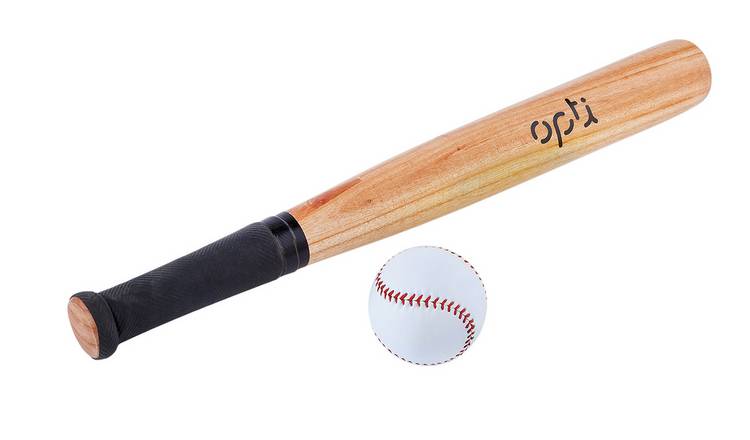What is the best youth homerun stick? That used to be a generally simple inquiry to reply as you studied what kind of Louisville Slugger the most was well known. Notwithstanding, the times of one significant maker consuming the polished ash industry have passed as the wooden bat being the main choice. Today there are a wide range of makers and many diverse slugging sticks of different arrangements. We should comprehend what we are purchasing so as to figure out what is the best youth polished ash for our player.
With the consideration of the standard wood bat, the accessible kinds of play clubs are isolated into 3 distinct classifications with Aluminum and Graphite/Titanium lined bats being the staying two sorts. We should test every one of the three classifications with the genius and cons related with each. A polished ash made of Aluminum is light weight which permits the player expanded BatSmash bat reviews and bat speed through the hitting zone. This can be of incredible advantage to any age player, however particularly a more youthful player simply learning the essential mechanics of hitting.
The different combinations of zinc, magnesium, aluminum and copper builds the size of the bat’s Sweet Zone on the bat barrel, which makes the bat additionally sympathetic of a swing where strong contact with the ball isn’t cultivated. The bat likewise will in general make the ball travel 5 percent or more farther than a conventional slugging stick.
A homerun stick made of graphite/titanium lining, is really an aluminum bat with a decreased measure of aluminum in the barrel head, which is supplanted with the graphite/titanium lining around the barrel. This makes the effectively light aluminum bat, lighter yet, which improves bat control and speeds up through the hitting zone.
The graphite/titanium lining expands the bats solidness, which builds the honesty of the bat’s sweet spot. This was, obviously the maker’s purpose, anyway this could bring about the bat’s demise. Because of the sped up through the hitting zone and the sped up which the ball falls off the bat, there is a genuine wellbeing worry for infielders, particularly third base and the pitcher.
A few associations and schools have started prohibiting the utilization of particular kinds of these bats on account of the risk. Ensure your class permits the use of these kinds of bats before forking out $300 – $400 for one.
The wooden bat stays a staple of baseball and is made of Maple, Ash, Hickory or a Bamboo mix. The wooden bat offers more noteworthy barrel and tighten choices for the hitter and are more affordable than composites, yet additionally break all the more much of the time, which may bring about the cost reserve funds being refuted through substitution costs.
Composite bats do have one significant imperfection which wooden bats don’t have, yet barely any individuals know about it. A composite bat must be appropriately down and out in. Truth is stranger than fiction. Similarly as you would break in another glove, you break in a composite homerun stick.
The overall general guideline is you should hit 100 to 200 balls with the bat before the sweet spot is 100 percent effective. The balls must be of a quality cowhide, so elastic covered baseballs of the sort utilized in batting confines are not suitable.
The calfskin balls must go in any event 40 mph and ideally quicker, so hitting off a Tee isn’t permitted. While hitting these 200 pitches, make sure to reliably turn the bat a 1/8 each time you hit a ball so as to break in the whole bat barrel and not only one side.